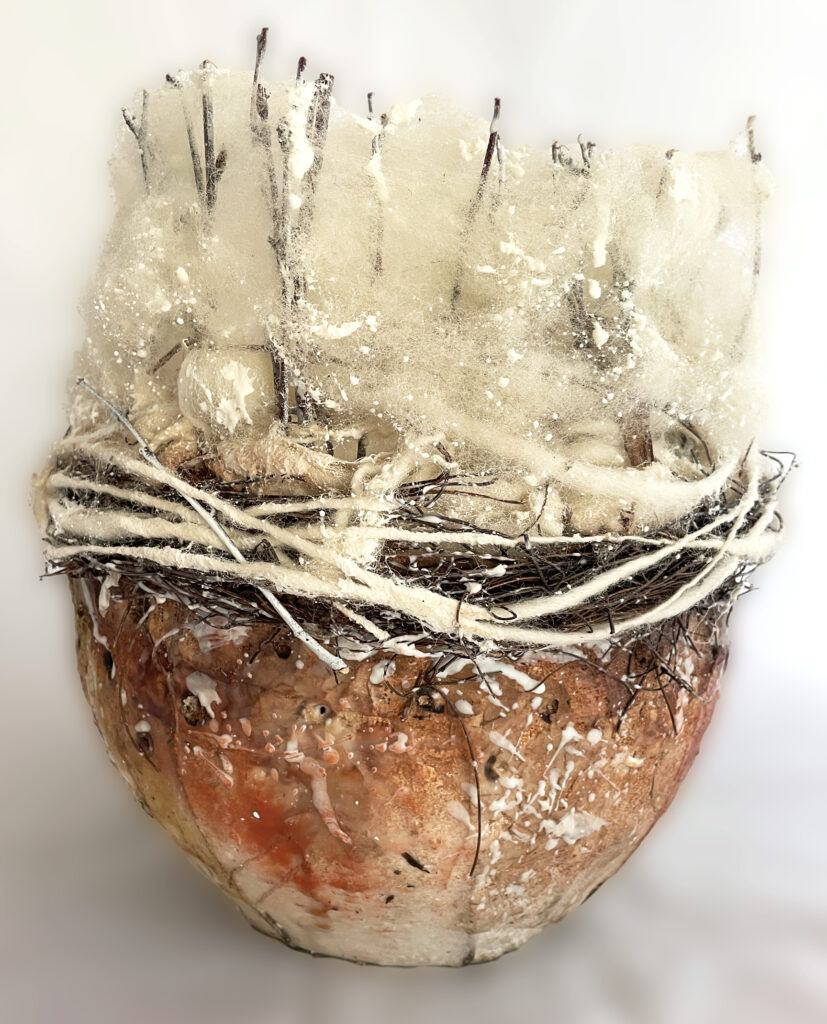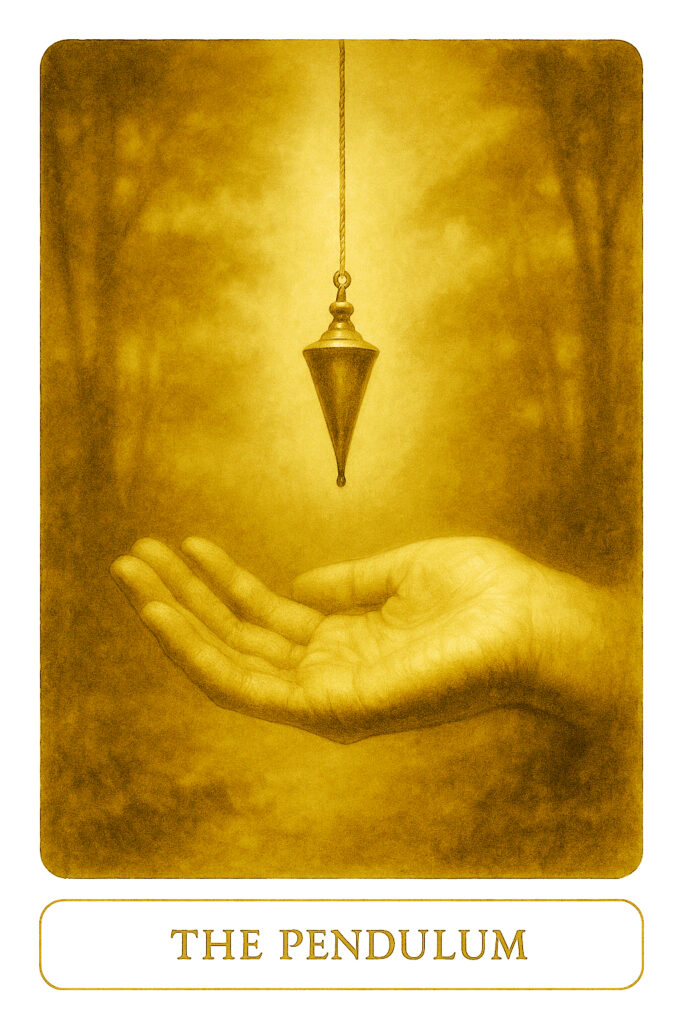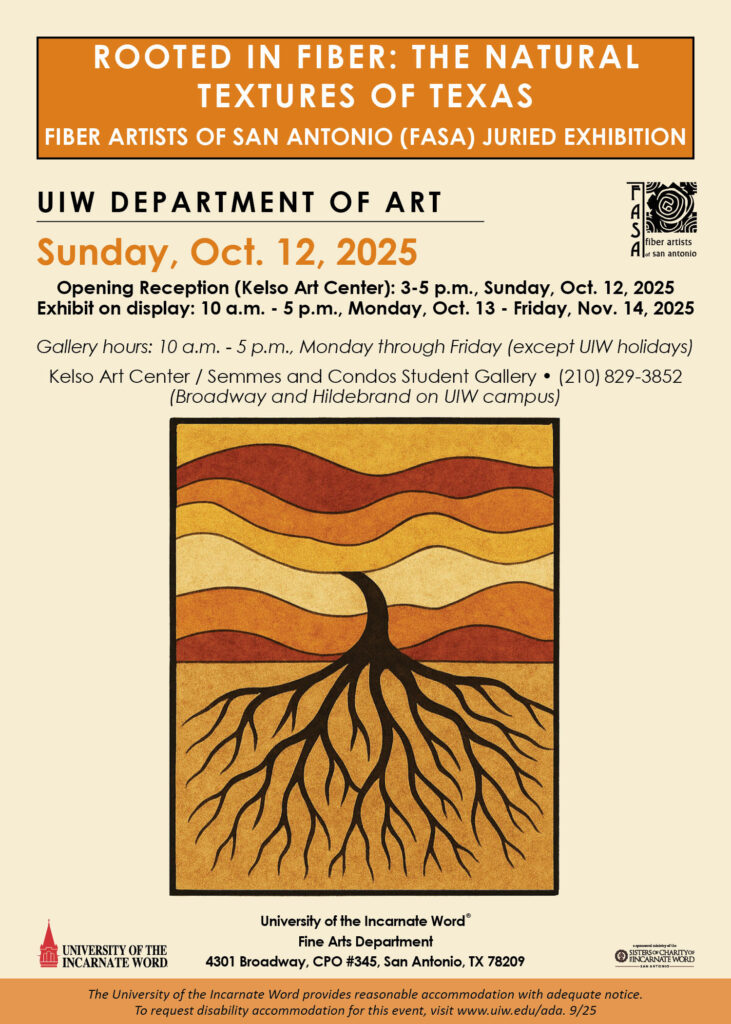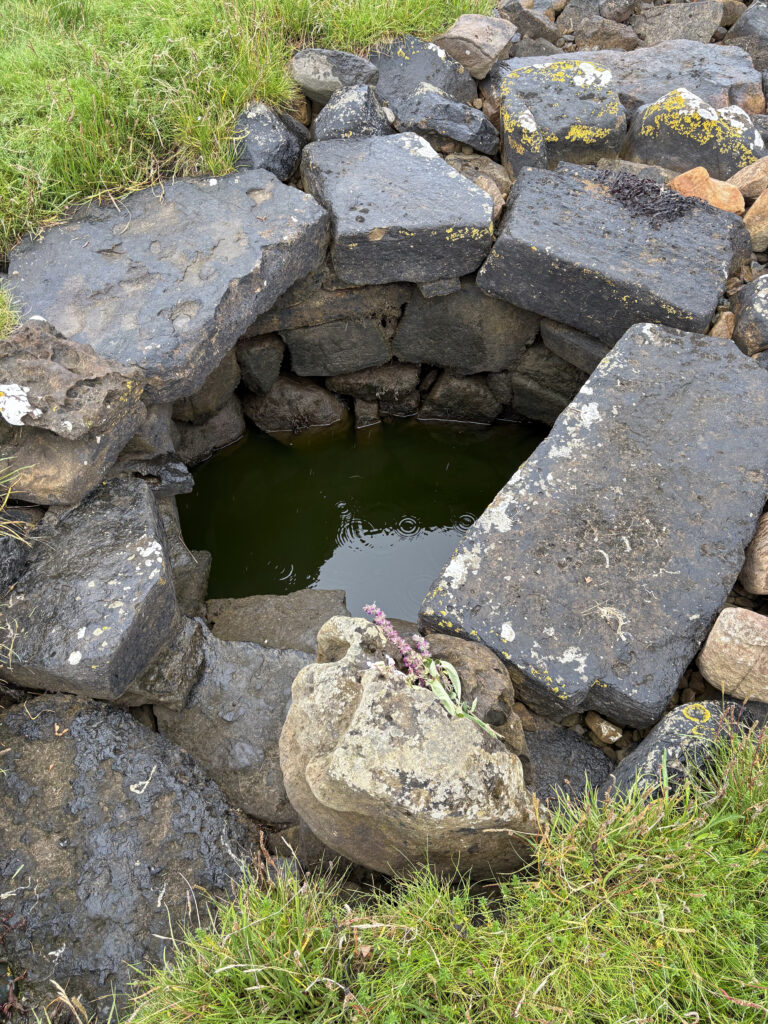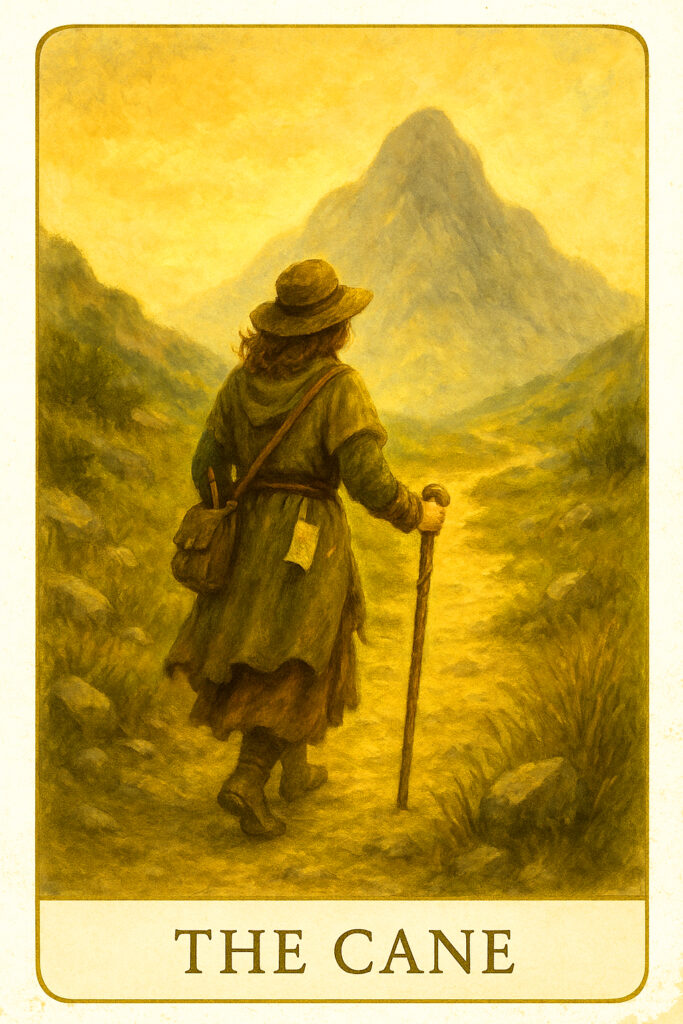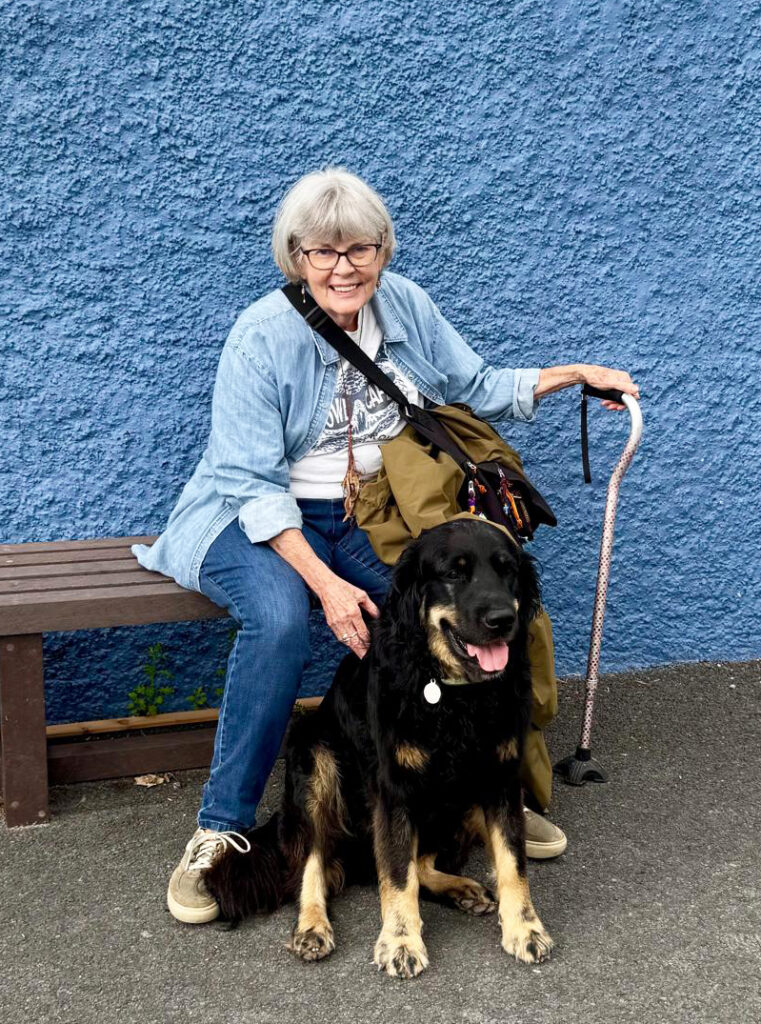I’m back from Ireland with so many stories and memories that it will take a while to sort them out! But here’s an interesting one that was rather unexpected and which inspired a new Enso Oracle card.

Sometimes, the best teaching moments aren’t in the lesson plan.
While I was leading my Vessels workshop in Mulranny, Ireland, surrounded by the misty coast and the wind-bent trees, I found myself reaching into my bag and pulling out my “traveling” pendulum. I hadn’t planned to use it—it was more of a talisman I’d brought along (as usual) for my own quiet moments. But Mulranny is a place of mystery, myth, and magic, and the impulse felt right.
I told the group, “Let’s try something.” We were at that point in the workshop where decisions—big and small—needed to be made. Which colors to use? Which textures? Which direction to take in the making of a vessel? I explained that a pendulum can act as a bridge to the deeper knowing we all carry, the kind that hums quietly underneath the noise of logic.
Holding the pendulum over two color swatches, I let it hang still and asked a simple question. Slowly, it began to move—just a subtle sway at first, then more definite. The group leaned in. Soon, several of them were trying it, holding their own questions in mind and watching for that almost imperceptible shift.

It wasn’t about fortune-telling. It wasn’t about giving up control. It was about giving ourselves permission to trust the quiet “yes” or “no” that lives in the body. To remember that intuition is not guesswork—it’s an ancient sense, one that’s always been part of the creative process.
Later in the week, when we visited Westport, we wandered down a narrow side street and found a tiny shop called Amber. Inside was the most extraordinary assortment of pendulums—crystal, amethyst, silver, and other beautiful stones, each one catching the light like a secret waiting to be told.
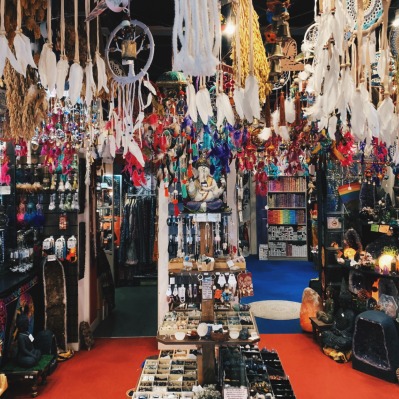
We must have looked like a small flock of birds gathered around the display, choosing the pendulum that felt “just right” in our hands. Many of our group went home with one of their own, ready to continue the quiet conversation we had begun in Mulranny.
In a place like this, where the land seems to breathe stories, it felt natural to weave this tiny ritual into the making. And it reminded me that sometimes the most valuable thing we take home from a workshop isn’t a finished piece—it’s a new way of listening.
Now, my traveling pendulum has earned a permanent place in my teaching kit. Because you never know when mystery, myth, and magic will decide to join the lesson.
Here is the new Enso Oracle Card, inspired by the wonderful artists who traveled with me.

The Pendulum
Keywords: Inner knowing, choice, intuitive guidance, balance, surrender, sacred uncertainty
There are moments when logic falls silent and your hand must let go of the wheel. The Pendulum swings between possibilities, not to confuse, but to reveal. When this card appears, it’s a reminder that you already hold the answer—not in your thoughts, but in your body, your breath, and your deep creative instincts. The pendulum does not choose for you—it reveals what your soul already knows.
Upright Meaning:
You are facing a decision that cannot be solved by reason alone. Step away from overthinking. This is a moment to consult your intuition, your body, your subtle knowing. Let the pendulum—literal or metaphorical—guide you gently to the path that resonates deepest. Your aesthetic instincts are powerful. Trust the quiet yes or no that lives in the swing of your inner compass.
Reversed Meaning:
You may be seeking external validation or becoming stuck in analysis. The pendulum is still swinging, but you’re afraid to watch. This card asks you to release your need for certainty. Let go of the fear of making the “wrong” choice. When intuition is blocked, even a small ritual of trust can restore your balance. Be still. Feel. Begin again.
Reflection Questions:
- What decision am I overthinking right now?
- How do I listen to my intuition—through movement, image, ritual, or sensation?
- What signs tell me I’m in alignment with my creative truth?
Affirmation:
I trust the swing of my knowing. My intuition is quiet, wise, and always present.
____________________________________
If you are interested in knowing more or want to try it for yourself, here is a short guide to using the pendulum as part of your art practice.
Trusting the Swing: A Pendulum Guide for Artists
Using a Pendulum to Access Creative Intuition – Lyn Belisle
The pendulum is a simple yet powerful tool for tuning into your intuitive voice. For artists, it offers a unique way to bypass overthinking and reconnect with the subtle guidance that lives within the body and spirit. Whether you’re choosing colors, materials, titles, or direction in a stalled project, the pendulum can act as a bridge to your inner knowing.
What You’ll Need:
- A pendulum (any small weighted object on a chain or string—crystal, metal, clay, or even a washer on a thread)
- A quiet space
- A sense of openness and curiosity
Getting Started:
Center Yourself.
Begin by taking a few deep breaths. Place your feet on the ground and soften your gaze. Hold the pendulum lightly between your thumb and forefinger, letting it hang still.
Establish Your Yes and No.
Ask aloud or silently: “Show me yes.” Observe how the pendulum begins to move—perhaps in a circle, or back and forth. Then ask: “Show me no.” Each person’s pendulum may respond differently, so honor your unique motion.
Pose Simple Questions.
Begin with clear, gentle questions that can be answered intuitively:
– Is this color the right choice for this piece?
– Should I work on this project today?
– Does this direction feel aligned with my voice?
Trust What Arises.
Resist the urge to override the response with logic. The pendulum’s movement reflects your subconscious alignment—not a magic answer, but a mirror to your own resonance.
Use in Your Practice.
Keep your pendulum in the studio. Use it when you’re feeling stuck, overwhelmed, or unsure. Let it become a small ritual, a moment of reconnection with your deeper self.
A Final Note:
Using a pendulum isn’t about fortune-telling—it’s about slowing down, listening differently, and allowing mystery into your making. The more you practice, the more attuned your intuition becomes. Like any creative tool, its power comes from the attention and trust you give it.
Like this:
Like Loading...
